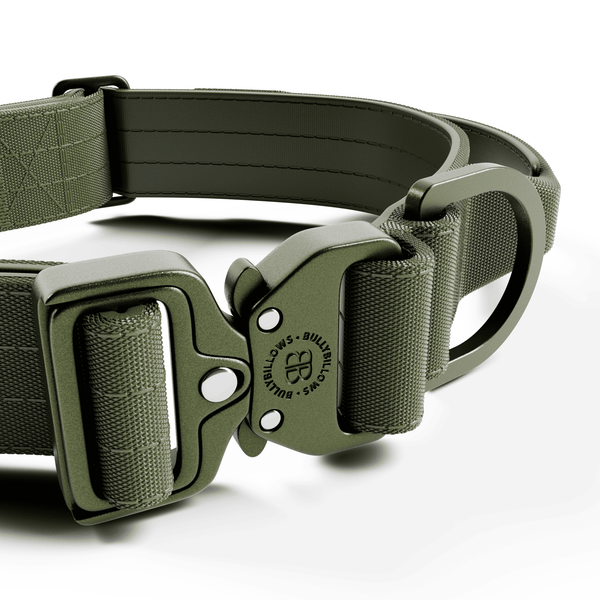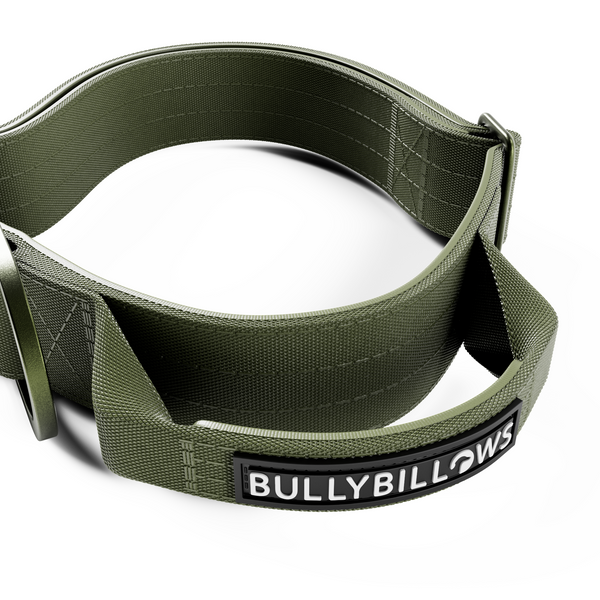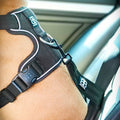Is your dog suffering from UTI?
Worry not! Urinary Tract Infections (UTIs) are common in dogs. If you learn to identify the signs of a UTI, you can take precautions to prevent it and treat it if it does occur.
Remember, not all UTIs are alike, and some are relatively easy to cure.
This blog post will cover what causes urinary tract infection in dogs, how to identify it early, its preventative measures, and treatment options your veterinarian may recommend.
Urine Infection in Dogs
What is Urine Infection?
Urinary tract infections are common in dogs, especially those who have not been neutered or spayed. UTIs occur when bacteria enter the urinary tract through the urethra (the tube that carries urine from the bladder to the outside).
UTIs may also occur when bacteria enter through damaged skin or mucous membranes. The most common bacterias involved in UTIs are E. coli and Staphylococcus species. Other less common types of bacteria can also cause them, but they are usually less severe and do not require antibiotics.
Urine infections are more likely to occur if a dog is not drinking enough water.
Diagnosis of Urinary Tract Problems in Dogs
Urinary tract problems in dogs are diagnosed by a veterinarian using physical examination, urinalysis, and, sometimes, X-rays. The vet will also conduct a medical history test and perform a complete physical examination on the dog. It is the first step in diagnosing an infection to identify the type of bacteria present.
It includes checking for signs of pain and discomfort in the abdomen and other physical signs that may indicate an underlying problem with the urinary tract, such as abnormal reflexes or abnormal balance.
Symptoms of Urinary Tract Infection
- Frequent urination (this is a symptom that usually indicates a problem with the urinary system)
- Blood in the urine (indicates an invasion by bacteria from another part of your pet's body)
- Dark red or pink urine (indicates the presence of bacteria)
- Cloudy or foul-smelling urine (indicates an infection)
- Accidents in the house due to uncontrollable bladder flow
- Pain while urinating
- Licking the area frequently after urination
If you suspect your pet has a urinary tract infection, take him for a check-up with your vet as soon as possible. They will help identify any underlying problems before prescribing antibiotics. Also, they will treat your pet's symptoms and advise when to bring him back for follow-up treatment if needed.
Treatment for Urinary Tract Infection in Dogs
Antibiotics
The first step to treating a UTI is to rule out other medical conditions that might be causing it. Your veterinarian will order blood work, urinalysis, and possibly an abdominal ultrasound to check for kidney disease or other serious illnesses affecting your pet's urinary tract. If all test results are negative, the vet prescribes antibiotics based on your dog's urinalysis and blood test results.
Over-The-Counter Products
Many over-the-counter products contain ingredients like cephalexin (Keflex), clavulanate potassium (Augmentin), and amoxicillin/clavulanate potassium (Amoxil). They help relieve symptoms of UTIs in dogs. These medications kill bacteria or inhibit their growth, so they do not multiply as rapidly as they would.
Special Diet or Food Additives
Some foods, such as yoghurt and fish, effectively lower the risk of UTIs in dogs.
For example, yoghurt is an excellent source of lactobacillus acidophilus. It helps prevent UTIs and is also beneficial for your dog's digestive system.
Bladder Support
Bladder support is a great way to treat urinary tract infections in dogs as it helps the dog's body heal itself, preventing further infections or their recurrence.
Surgery
Cystotomy surgery is needed when the urinary stone is large or the infection continues to spread even after dietary changes and over-the-counter product usage.
How to Avoid Urinary Tract Infection?
Keep Your Dog Groomed and Clean
The most common cause of UTIs is the build-up of bacteria in the bladder. So keeping your dog clean will help prevent UTIs. Regular baths can also help cleanse the area around the base of their penis and anus, where most infections start.
Give Your Dog Plenty of Fresh Water
It may seem obvious, but it's just as important as keeping your dog clean. Make sure fresh drinking water is always available to him, especially if he is going to be out for a while. It will help flush out the toxins from the body and dilute the urine.
Provide Clean Bedding
Make sure your dog always has clean bedding. If your dog likes to sleep on the floor, ensure his bedding is washed frequently (at least once a week) and replaced with fresh bedding when necessary.
Avoid Additives in the Diet
Check his diet for additives like sugar, grains, or corn syrup. These can cause bladder irritation that can lead to infection. Avoid feeding your dog treats made with xylitol or yeast extracts. These can irritate the bladder lining and make it more susceptible to infection.
Offer Urinary Tract Supplements Like Cystopro and Cystaid
Cystopro and cystaid contain ingredients that help restore the balance of good bacteria in the urinary tract. Good bacteria help keep the urethra (the tube that leads from your bladder to your penis) healthy. If you have an infection, your dog may develop a painful condition called urethral syndrome. It means there are not enough good bacteria in their body to fight against infection, resulting in an infection in their urinary tract area.
Feed Your Dog Foods High in Omega-3 Fatty Acids
Omega-3 fatty acids are components of many cell membranes, which play roles in many functions throughout the body, including immune response and inflammation control. They may also help prevent UTIs by improving the integrity of the lining of the bladder and preventing inflammatory responses caused by microorganisms that cause UTIs.
UTIs are painful. Take care of your dog by taking the required precautions. Also, visit your dog’s veterinarian regularly to ensure his good health.
Want to boost the physical and mental strength of your dog? Get the best training tools from Bully Billows for your dog.































































